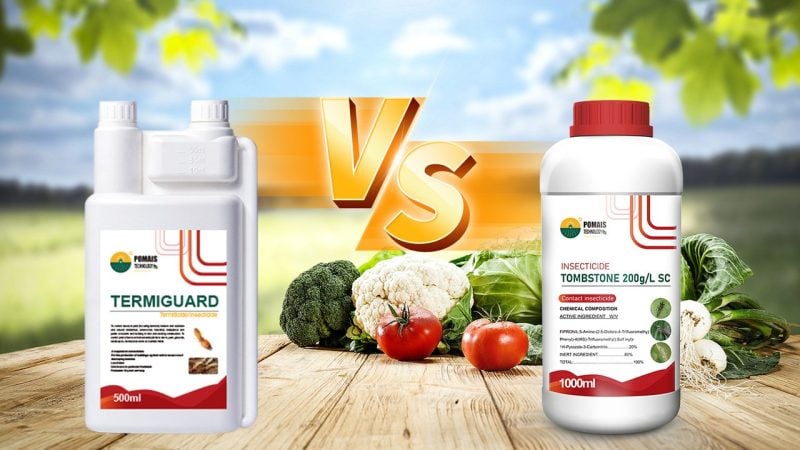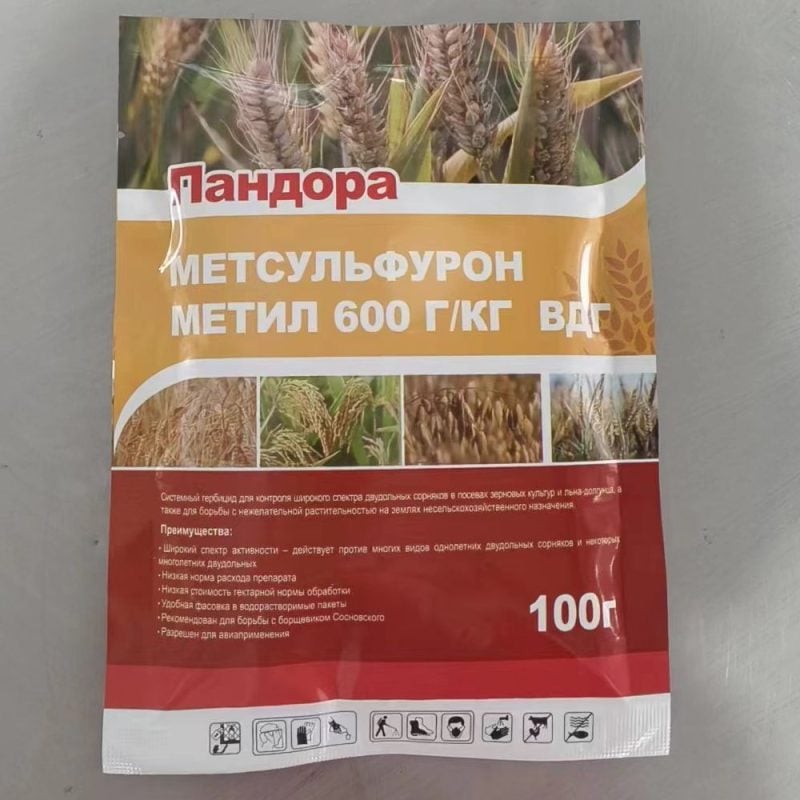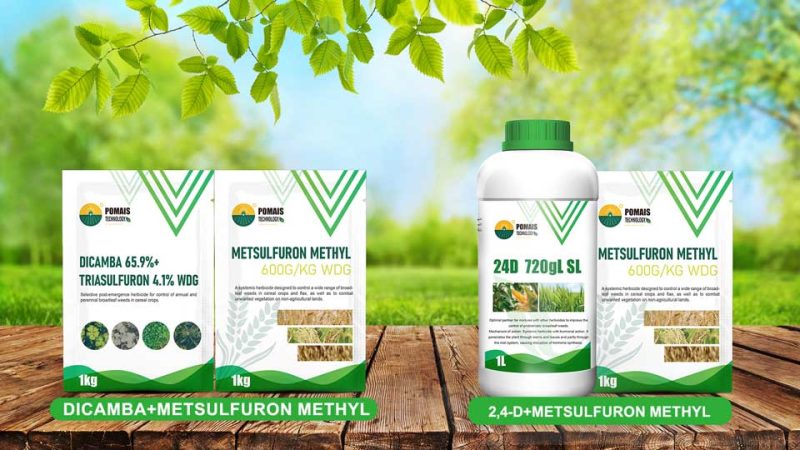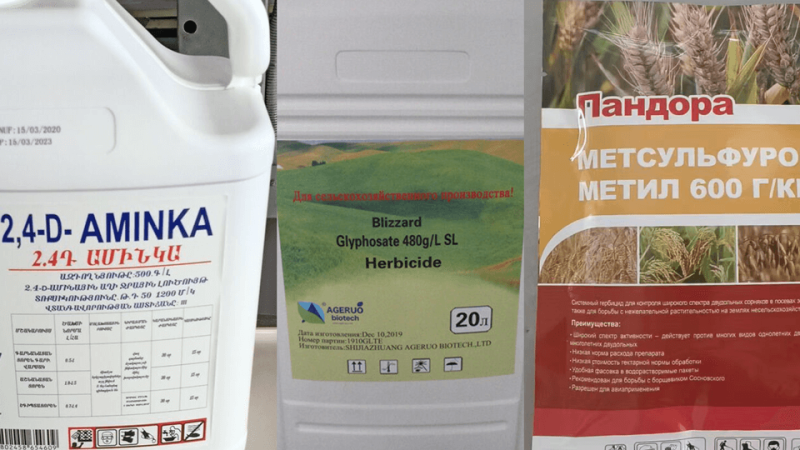When selecting an insecticide for commercial or agricultural use, Bifenthrin and Fipronil are two well-known options, each offering distinct advantages. Understand the differences between them for your specific pest control requirements, whether they involve broad-spectrum pest control or targeted [...]
When selecting an insecticide for commercial or agricultural use, [...]
October 21st, 2024/5.6 min/Emamectin Benzoate and Imidacloprid are two popular insecticides, widely used for pest management across various crops. While both are effective at controlling a range of pests, they differ in their chemical class, mode of action, and specific applications. Here [...]
Emamectin Benzoate and Imidacloprid are two popular insecticides, widely [...]
October 11th, 2024/4.1 min/Pendimethalin and Trifluralin are both pre-emergent herbicides widely used for controlling annual grasses and broadleaf weeds in various crops. Although they share some similarities, they differ in terms of application methods, target weeds, and persistence in the soil. Here’s [...]
Pendimethalin and Trifluralin are both pre-emergent herbicides widely used [...]
October 8th, 2024/4.6 min/Zinc Phosphide Zinc Phosphide is a widely used rodenticide designed for controlling rodents such as rats, mice, gophers, and voles in both agricultural and non-agricultural settings. When ingested by rodents, Zinc Phosphide reacts with stomach acid to produce phosphine [...]
Zinc Phosphide Zinc Phosphide is a widely used rodenticide [...]
October 1st, 2024/9.8 min/Metsulfuron Methyl belongs to the sulfonylurea (SU) class of herbicides, which are renowned for their high potency at low application rates. The primary mode of action of Metsulfuron Methyl is the inhibition of the enzyme acetolactate synthase (ALS), also [...]
Metsulfuron Methyl belongs to the sulfonylurea (SU) class of [...]
September 28th, 2024/4 min/Combining different herbicides, such as Dicamba, 2,4-D, and Metsulfuron Methyl, is often done to broaden the weed control spectrum and improve the efficacy of post-emergent herbicide applications. However, when mixing herbicides, it's important to consider their selectivity, mode of [...]
Combining different herbicides, such as Dicamba, 2,4-D, and Metsulfuron [...]
September 28th, 2024/5.2 min/Each of these herbicides—2,4-D, Metsulfuron-methyl, and Glyphosate—serves different purposes and targets distinct types of weeds. Here’s a breakdown of their key differences: 2,4-D Herbicide 2,4-D is one of the oldest and most widely used herbicides in the world, first [...]
Each of these herbicides—2,4-D, Metsulfuron-methyl, and Glyphosate—serves different purposes [...]
September 26th, 2024/3.3 min/Both Azoxystrobin (a strobilurin fungicide) and Propiconazole (a triazole fungicide) are highly effective in treating a variety of fungal diseases in lawns and plants. While they both combat common diseases like brown patch and leaf spot, their effectiveness varies [...]
Both Azoxystrobin (a strobilurin fungicide) and Propiconazole (a triazole [...]
September 20th, 2024/8.4 min/









